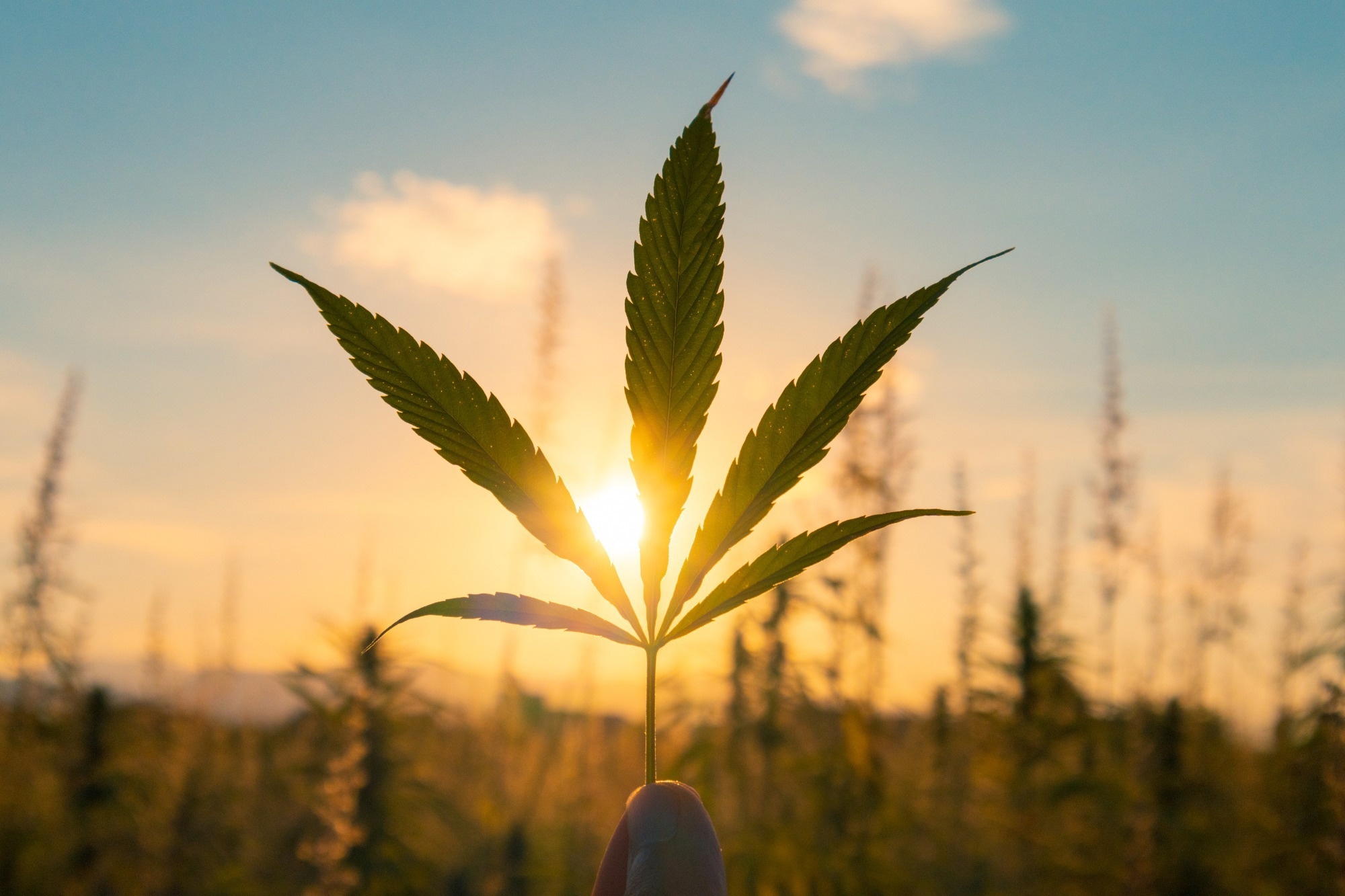Scientists at the North-West University, South Africa, have recently tested the cannabidiol content of many commercial products and found discrepancies between the actual amount and the claimed amount of cannabidiol present in these products.
The study is published in the journal Phytomedicine Plus.
 Study: Cure-all Cannabidiol? The cannabidiol content of commercial products. Image Credit: 24K-Production / Shutterstock
Study: Cure-all Cannabidiol? The cannabidiol content of commercial products. Image Credit: 24K-Production / Shutterstock
Background
Cannabidiol is the second most active compound found in cannabis plants. With the recent relaxation in cannabis use law, a sharp increase in commercial products containing cannabidiol has been observed worldwide. Many cannabidiol-containing products that do not include Δ9-tetrahydrocannabinol (the main psychoactive compound in cannabis) are now available in the market mainly as cure-all medications.
One major problem associated with cannabidiol-containing products is the misleading and false claims made by the manufacturers regarding the health benefits of these products. Such misleading health claims can potentially put consumers at risk of developing serious health complications because of not getting the actual medication or treatment they need.
Recent evidence indicates that many cannabidiol-containing products also contain Δ9-tetrahydrocannabinol above the legal limit. Moreover, inaccuracies in cannabidiol content have been noticed in some products. These observations indicate the lack of proper quality control measures in marketed cannabidiol products.
In this study, scientists have tested the cannabidiol content in commercially available products in South Africa to examine the accuracy of product label claims. They have also investigated whether these products contain Δ9-tetrahydrocannabinol.
Study design
A total of 40 commercially available products were quantitatively analyzed in the study to determine the concentration of cannabinoids. The products that included oils, drinks, topicals, and other categories were selected based on the label claims of cannabidiol content.
The high-performance liquid chromatography (HPLC) method was used to analyze the products and determine cannabinoid concentration. The labeling accuracy of the products was determined by the United States Pharmacopeia products purity guidance, which sets the acceptable range for the product labeling as ± 10%. The products were classified as over-labeled <90%, under-labeled >110%, and correctly labeled 90 – 110%.
Important observations
Cannabidiol-containing oils
A total of 16 oil products were tested in this study. The product with the highest claimed cannabidiol content was found to have 98% less cannabidiol than the claimed concentration. Another product from the same manufacturer, labeled as "essential CBD oil blends," failed to show detectable levels of cannabidiol when measured.
Only 3 out of 16 products in this category were correctly labeled. Over-labeling and under-labeling were observed in eight products and one product, respectively. Notably, the products that did not mention cannabidiol concentration in the labels were found to have no detectable amount of cannabidiol.
Cannabidiol-containing topicals
A total of five topicals were analyzed in this study. A face mask product claiming "anti-aging ingredients" was found to have 98% less cannabidiol than the concentration mentioned on the label. Another product with a label claim of 10,000 mg cannabidiol hemp oil content failed to reach any detectable level of cannabidiol when measured.
A product marketed as a CBD lip balm with no mention of cannabidiol concentration on the label also failed to show detectable levels of cannabidiol.
Cannabidiol-containing drinks
A total of 12 drinks were tested in this study. None of the products in this category were correctly labeled. All products were over-labeled. However, the analysis revealed that the products have considerably lower cannabidiol content than the claimed concentrations.
All these products were water-based. A low solubility of cannabidiol in water could be the reason behind the lower cannabidiol concentrations detected in these products.
Besides these three categories, cannabidiol-containing coffee, honey, capsules, gummy bears, and sachets were tested in this study. The majority of these products were over-labeled. However, the analysis revealed that these products either have undetected cannabidiol content or a lower-than-claimed concentration of cannabidiol.
Presence of Δ9-tetrahydrocannabinol
Of all tested products, 12 were correctly labeled regarding their Δ9-tetrahydrocannabinol content. One product that claimed to contain only cannabidiol was found to have trace amounts of Δ9-tetrahydrocannabinol.
Study significance
The study finds that a significant proportion of cannabidiol-containing products in South Africa have misleading information about concentrations and chemical properties of cannabidiol in their labels. This information indicates a significant lapse in quality control measures.
Overall, the study highlights that a wide range of health benefits claimed by these products do not actually have any fundamental basis.